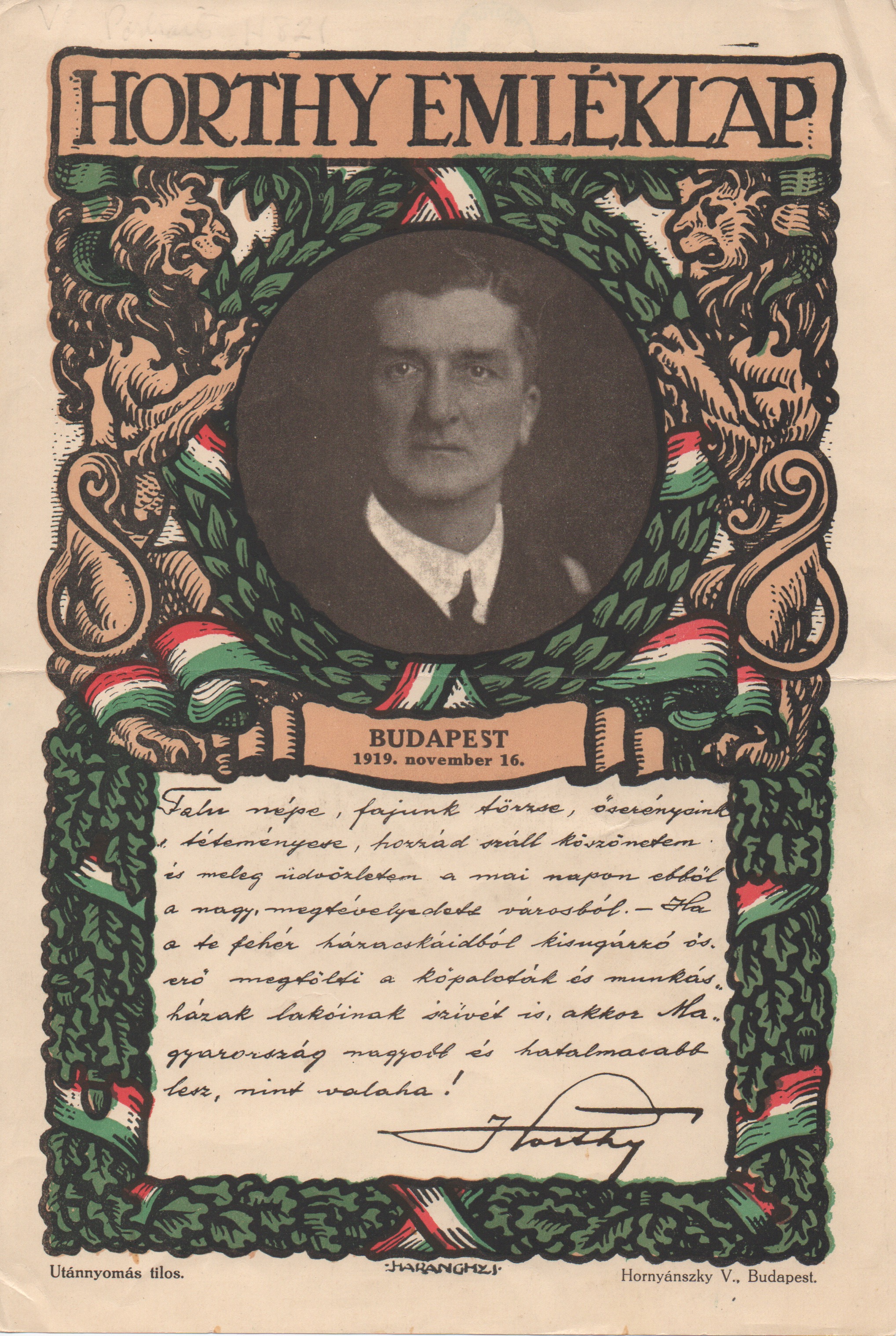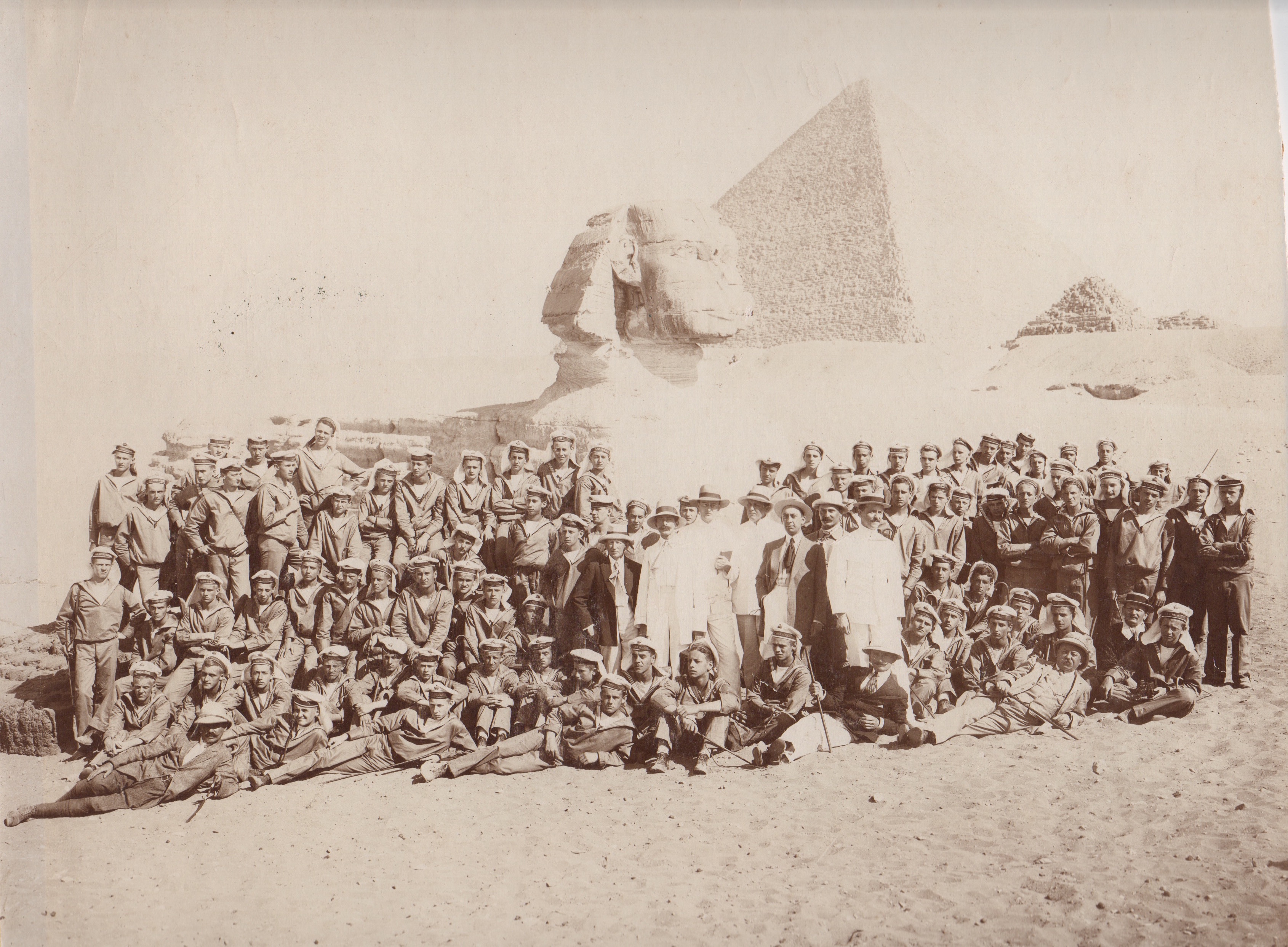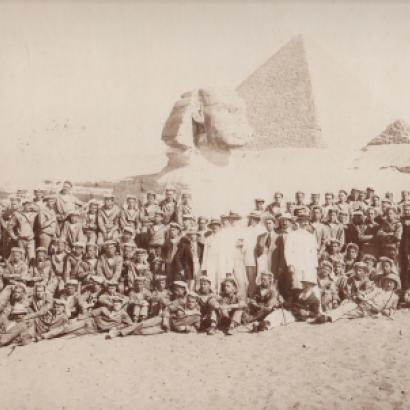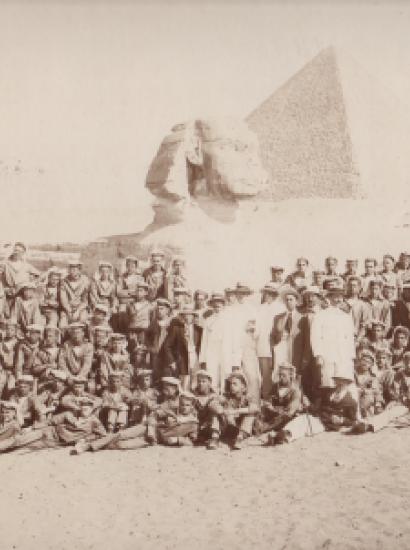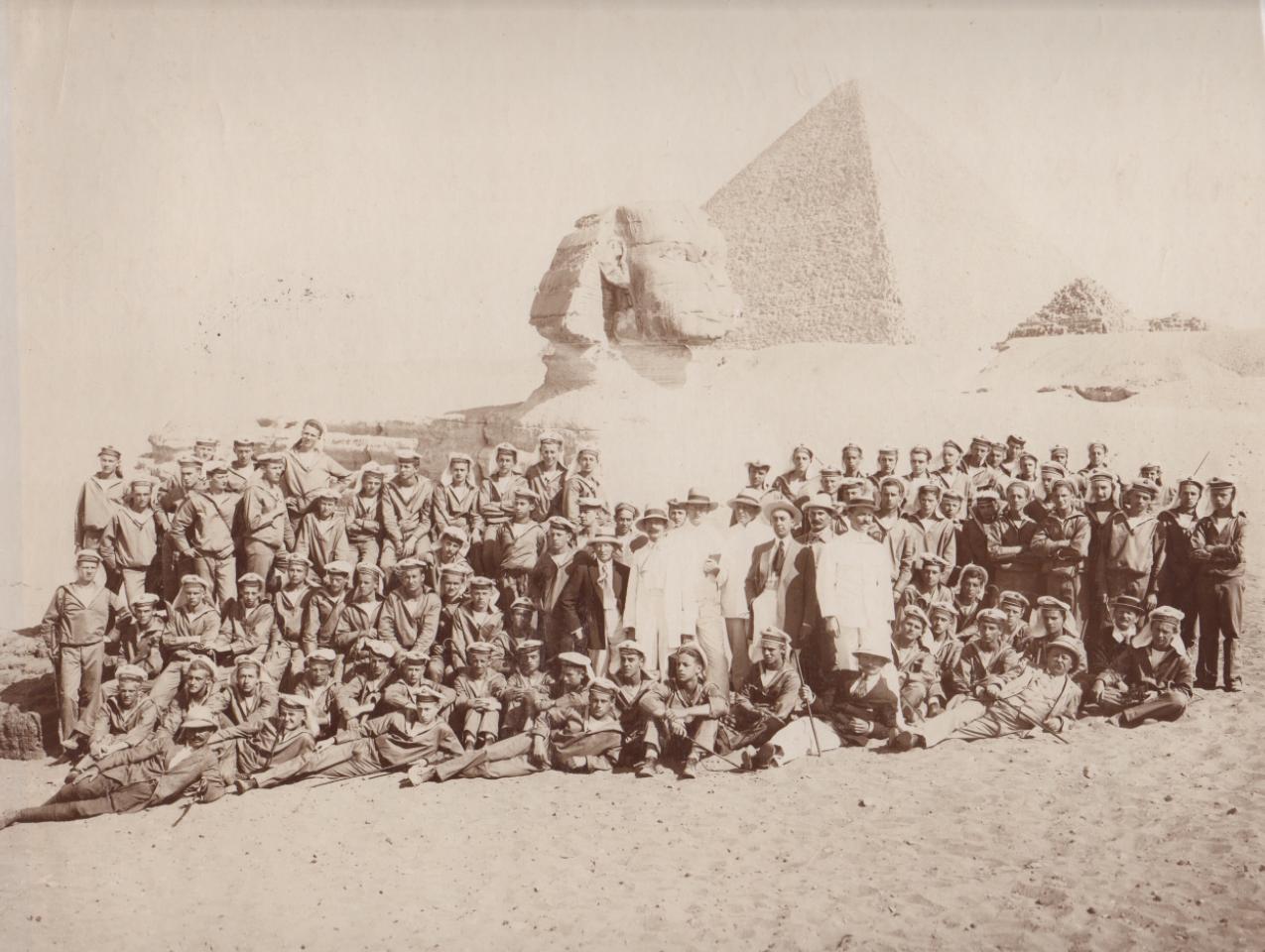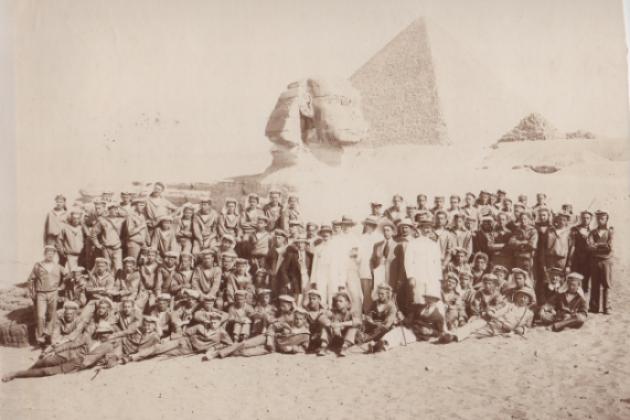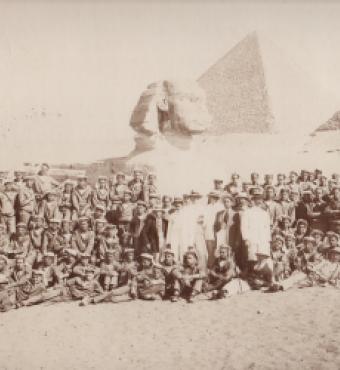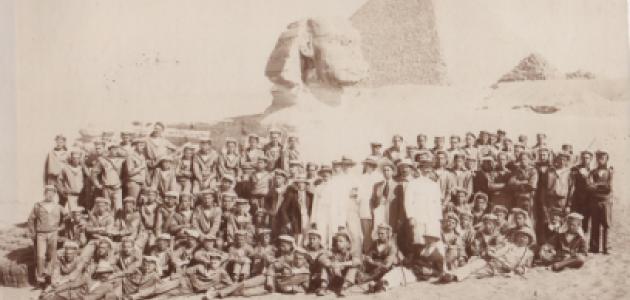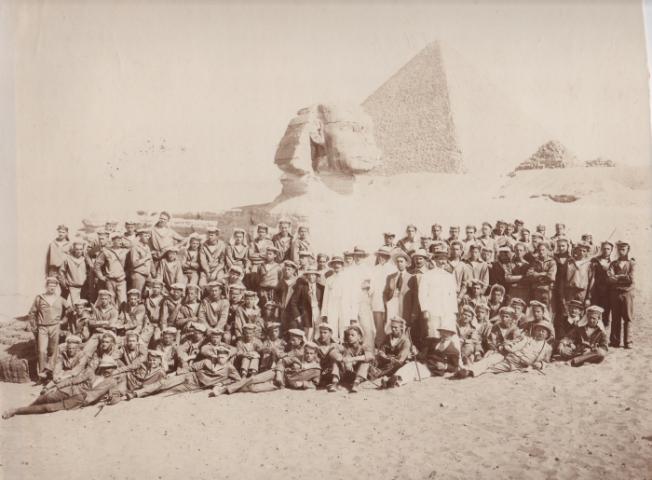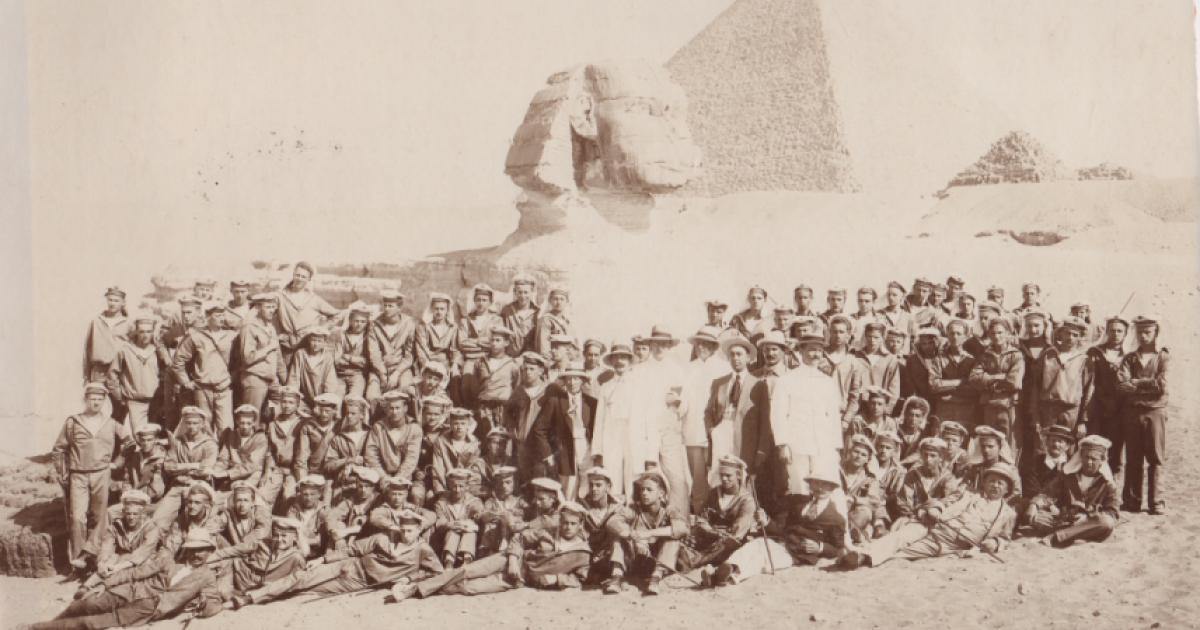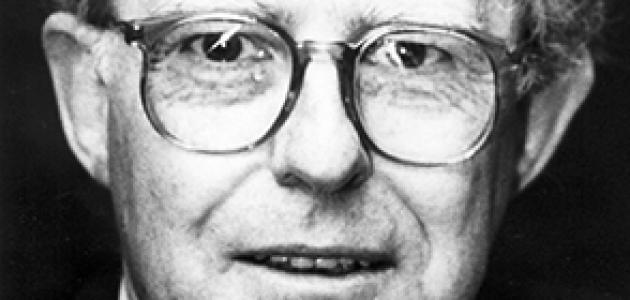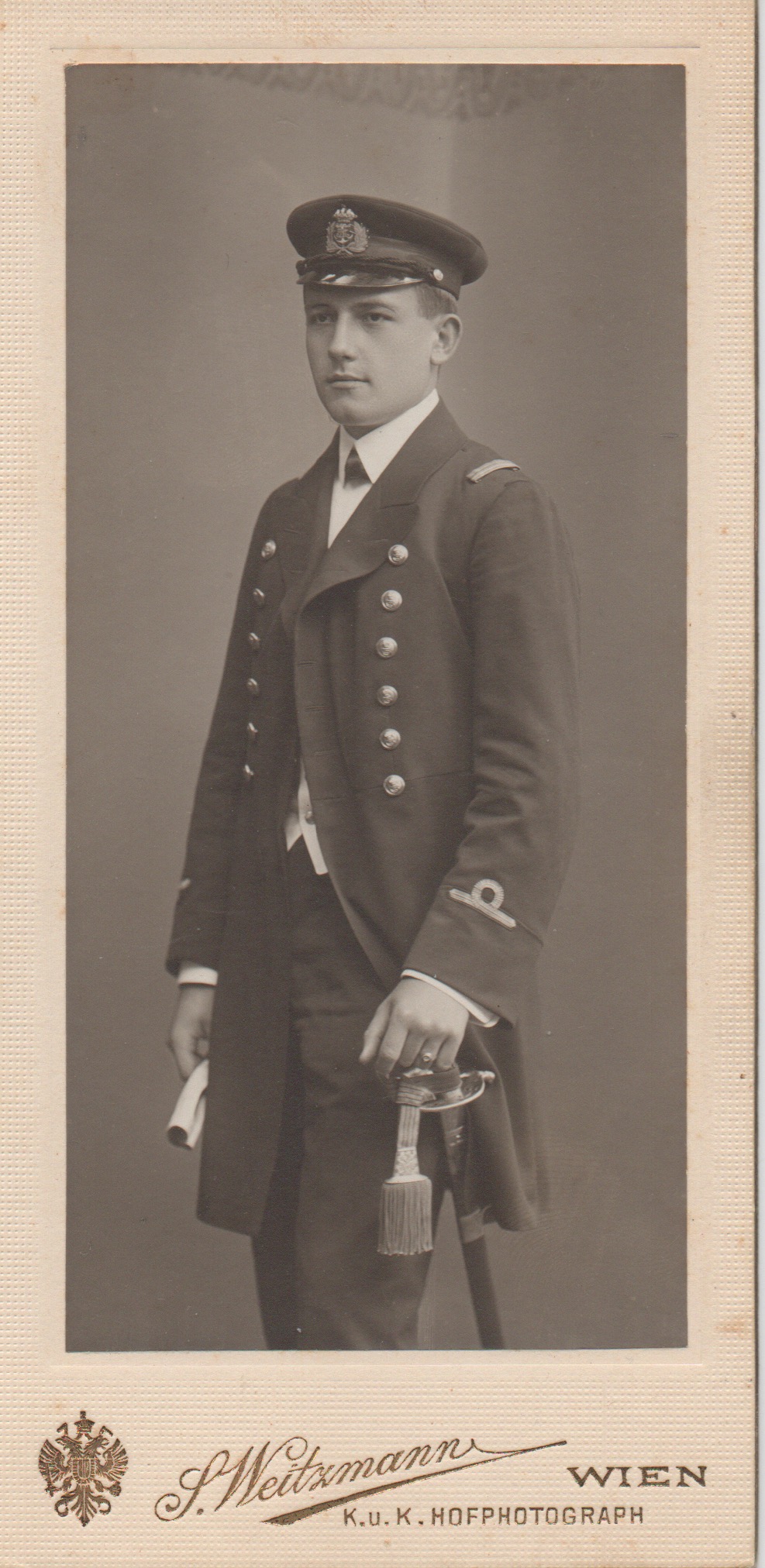
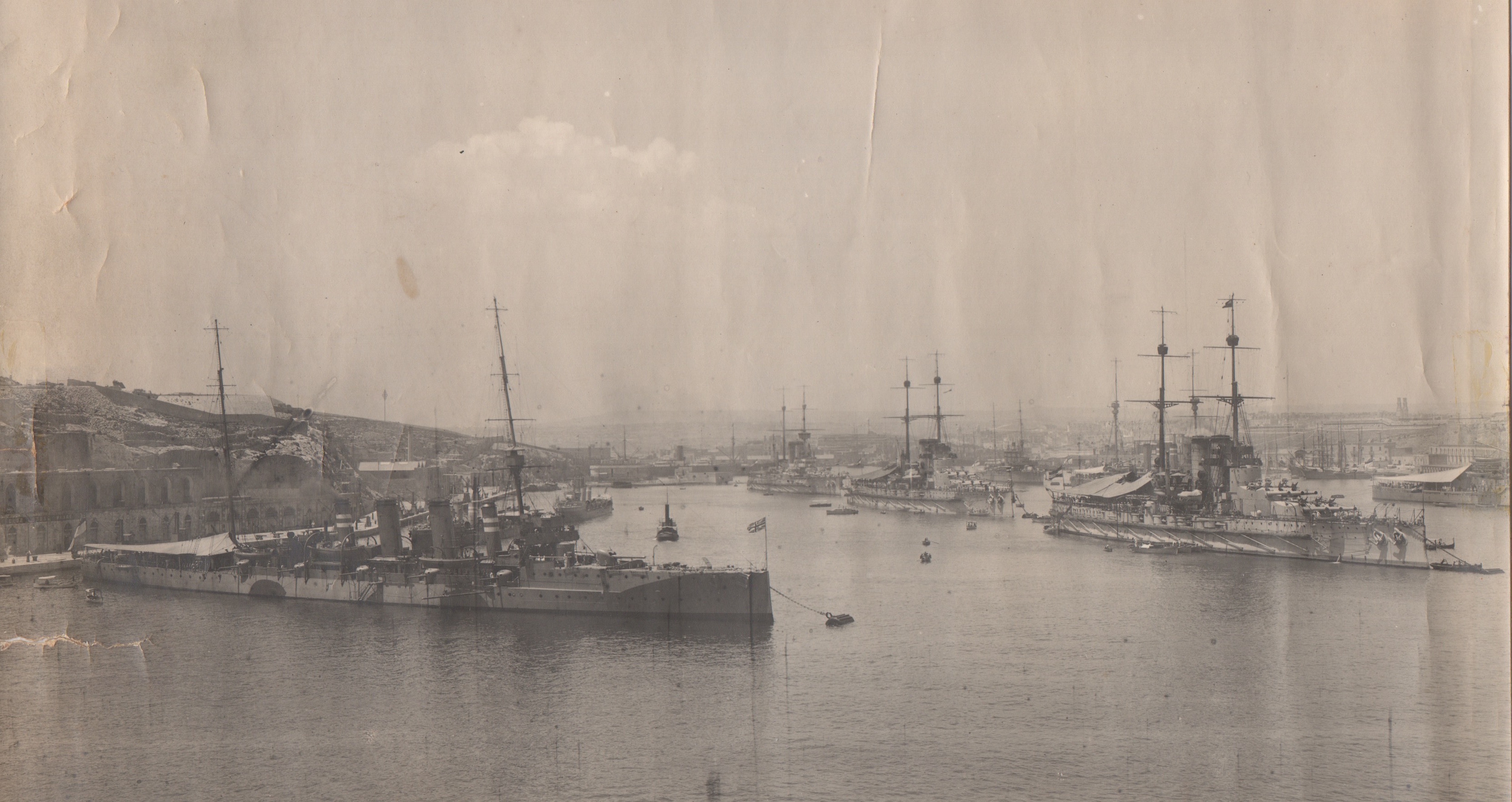
Rudolf Freiherr Kaschnitz von Weinberg was born in 1894 into an Austrian noble family with strong naval traditions. He was admitted to the Austro-Hungarian Imperial Naval Academy in Fiume (now Rijeka, Croatia) at the age of fourteen. After graduating from the academy, he volunteered for the elite submarine service in World War I, during which time he participated in operations against the Italian, French, and British navies.
The defeat of the Central Powers in the war, however, spelled the end of the Austro-Hungarian Empire and its navy. Lieutenant von Kaschnitz then turned to agribusiness, first as the administrator of one of the estates of Count Batthyány in Hungary and later, after 1929, managing exports for a coffee plantation owned by his wife’s family in Guatemala. He eventually immigrated with his family to the United States, dying in Berkeley, California, in 1970. The papers are a gift from his daughter-in-law, Joan von Kaschnitz, of Orinda, California.
The von Kaschnitz Papers include a large collection of photographs, documents, framed pictures, publications, medals, and other artifacts belonging to the imperial naval officer. The Hoover Library & Archives have another important document created by an Austro-Hungarian naval officer, the manuscript autobiography of Miklós Horthy, the regent of Hungary during 1920−44. Earlier Horthy had been an admiral and commander in chief of the Austro-Hungarian navy in the final year of World War I.
Maciej Siekierski, siekierski@stanford.edu
